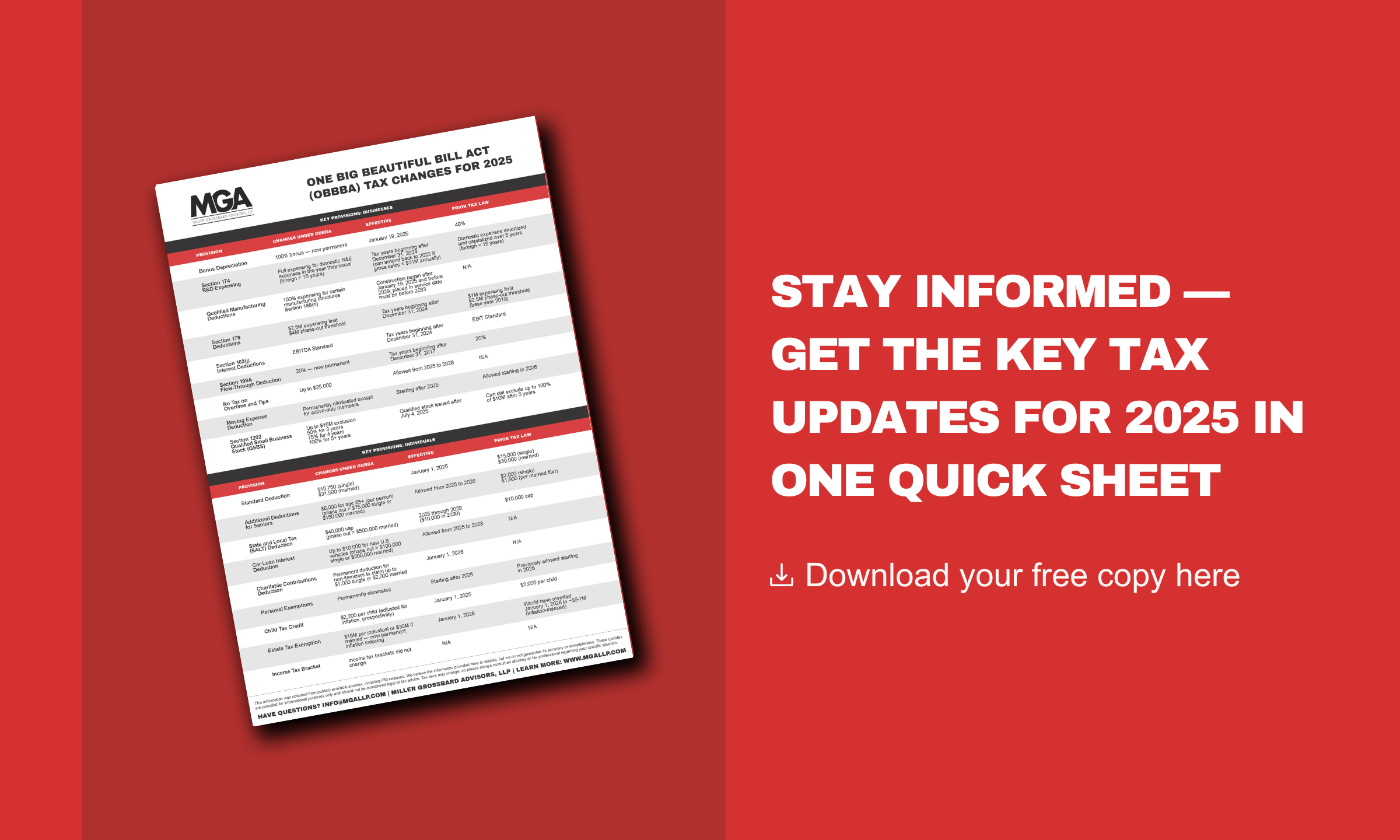On June 11, the IRS released Proposed Treasury Regulations affecting Section 1031 of the Internal Revenue Code (the Code), which provides a much-awaited definition of “real property” and offers a safe harbor for taxpayers engaged in deferred like-kind exchanges who receive “incidental” personal property as part of their replacement property acquisition.
As you know, Section 1031 deals with like-kind exchange of assets, and these proposed regulations deal with the definition of Real Property. The Tax Cuts and Jobs Act (TCJA) limited Section 1031 to exchanges of real property after December 31, 2017, but didn’t define “real property.”
Under the Proposed Regulations, “real property” is now defined as:
- Land and improvements to land
- Unsevered natural products of land (e.g., crops, timber, natural deposits)
- Water and air space super-adjacent to land (e.g., boat slips)
The Proposed Regulations go on to define further what is meant by “improvements to land.” Specifically, improvements to land include inherently permanent structures and the structural components of inherently permanent structures (i.e., property that is a constituent part of, and integrated into, an inherently permanent structure). An example list of inherently permanent structures is included in the Proposed Regulations. If a particular asset is not included in the list, a determination must be made about its qualification by analyzing a list of factors (e.g., how the asset is affixed to other real property or whether the asset is designed to be removed).
Other clarifications in the Proposed Regulations include:
- How to determine the unit of property to be analyzed
- Machinery can constitute real property if it is a structural component of an inherently permanent structure and does not contribute to the production of income other than income derived from the use of space (e.g., electrical generator servicing a building)
- Intangible property can constitute real property if it is “inseparable” from real property and does not contribute to the production of income other than income derived from the use of space
- Licenses and permits solely for the use of real property that are in the nature of a leasehold or easement generally are interests in real property (e.g., permit to place a cell tower on government land)
- Safe harbor for taxpayers who receive some modest amount of personal property as part of an acquisition of real property in a deferred exchange
While we do not see these Proposed Regulations changing the approach to Section 1031 Exchanges, they do clarify the “playing field.” We will continue to monitor the progress of these proposed regulations and continue to keep you apprised of developments.
As always, we are here to make the complex simple.
.png?width=191&name=mgalogofinal-01%20(3).png)





